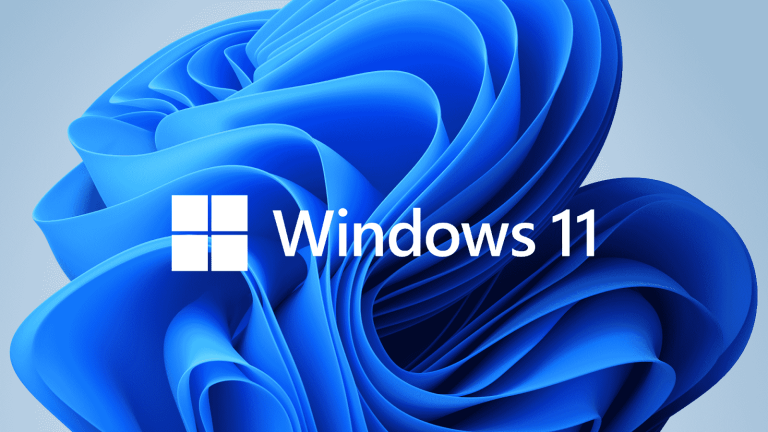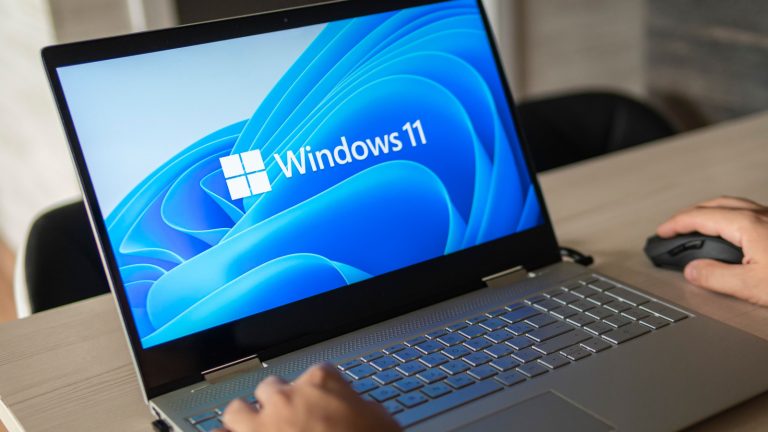Kaspersky, a leading name in cybersecurity, has recently introduced the Kaspersky Virus Removal Tool (KVRT) for Linux systems. This launch has sparked a debate within the Linux community about the necessity and implications of such a tool for a platform often considered more secure than others.

Linux Security: A Changing Landscape
Linux has long been praised for its robust security, but the landscape of cyber threats is continually evolving. Kaspersky’s release of KVRT for Linux acknowledges the increasing need for advanced security measures, even on systems traditionally deemed less vulnerable to malware.
Recently, we talked about the best antivirus software for Windows and MacOS – but Linux users typically don’t need to worry about viruses.
Functionality of KVRT
KVRT is designed to scan system memory, startup objects, boot sectors, and all files within the Linux operating system for known malware. It supports various file formats, including archived ones. However, it’s crucial to note that KVRT is not a real-time antivirus solution; it operates as a standalone scanner requiring manual execution.
One standout feature of KVRT is its capability to detect not only malware and adware but also legitimate programs that could be exploited for malicious purposes. This proactive approach aims to identify and mitigate potential threats before they cause harm.
The Necessity Debate
The introduction of KVRT for Linux has been met with mixed reactions. Some users welcome the additional security, while others question its necessity in the Linux ecosystem. Linux’s inherent design principles, such as user permissions and the separation of privileges, have traditionally contributed to its secure reputation.
Critics argue that the risk of malware on Linux is relatively low, especially for users who adhere to best practices like installing software from trusted repositories and avoiding untrusted code.
However, supporters of KVRT highlight the growing popularity of Linux, particularly in enterprise and server environments, making it a more attractive target for cybercriminals. The rise of cross-platform malware and potential supply chain attacks further underscore the need for robust security measures.
Considerations and Precautions
If you decide to use KVRT for Linux, exercise caution and follow best practices. Kaspersky recommends granting executable permissions to the downloaded file and running it with administrative privileges (sudo). It’s also important to manually configure the tool to include user home directories in the scan, as KVRT does not automatically scan these by default.
While KVRT can be a valuable addition to your security toolkit, it’s essential to remember that no single tool can provide complete protection against cyber threats. A multi-layered security approach, including regular software updates, user education, and adherence to security best practices, is crucial for maintaining a secure Linux environment.
Final Verdict
In conclusion, the necessity of Kaspersky’s new free Linux removal tool depends on your specific use case, threat model, and risk tolerance. While it may not be essential for all Linux users, KVRT can offer an additional layer of security for those concerned about potential malware infections or seeking extra protection for their Linux systems.




